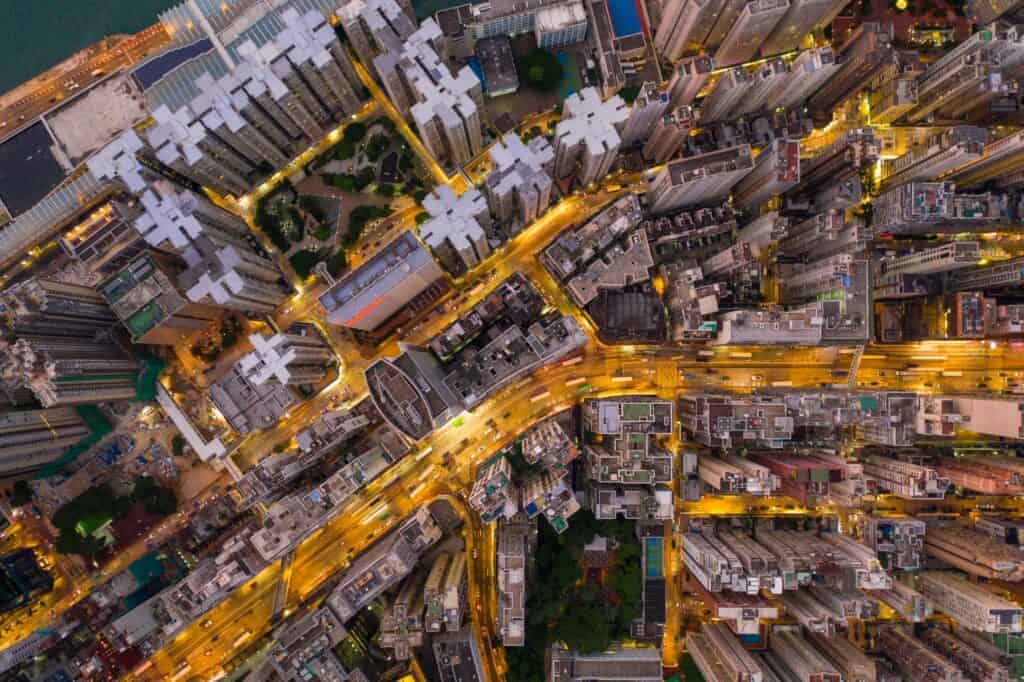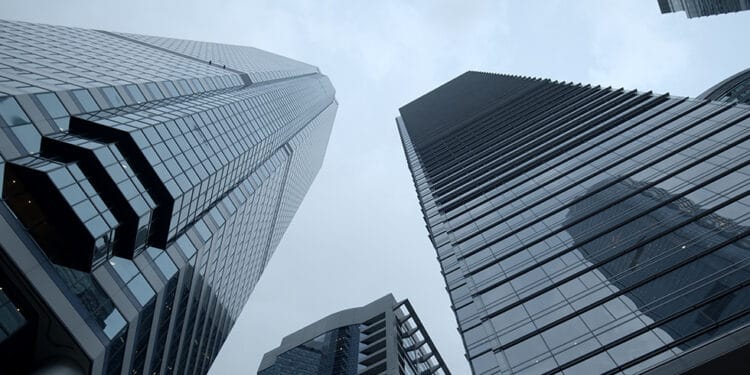The built environment currently accounts for approximately 40% of global CO2 emissions and plays a vital role in our response to the climate crisis. As part of the global push to decarbonise, the real estate sector is ramping up efforts to engage across sectors to accelerate the transition of the full lifecycle of buildings.
Central to these efforts is the modernisation of existing building stock. It is estimated that 50% of today’s buildings will still be in use in 2050, and the majority of them are wasting over 30% of the energy they consume.
By implementing smart devices, software, analytics and services, existing buildings can be made significantly more sustainable, resilient, energy-efficient and people-centric – delivering benefits for the buildings’ occupants and stakeholders, the wider community, and the planet. Notably, digitisation can drive efficiency gains that reduce CO2 emissions from the buildings sector by 350Mt CO2 by 2050, at the same time lowering OpEx costs, and enabling accelerated resolution of risks and issues.
This requires a holistic approach that integrates and cohesively manages all parts of our building systems – including lighting, HVAC, water temperatures, renewable sources of energy and more.
To this end, access to technology that captures, and analyses building data, and facilitates energy management and automation, is crucial. By digitising the building lifecycle – from design and build to operate and maintain – we can create smart, connected buildings that are operated with less waste, and thoughtfully designed for people, in turn contributing towards a cleaner, greener future.
Le Hive: Retrofitting for net zero
One notable success story is Le Hive, a 35,000m2 office building in Paris. The facility team discovered that the HVAC system was oversized and consuming excess energy – a problem common in many existing buildings.
A three-step approach was adopted by the project team. First, strategise – which involved setting up specific goals and KPIs, including reducing energy consumption, and achieving payback on efficiency investments within the lease period, while complying with cybersecurity standards, supporting sustainability certifications, and ensuring minimum disruption to occupants and visitors.
Second, the team digitised their operations for greater efficiency and resiliency using an intelligent network of connected products and software. This allowed them to focus on quick payback actions, leading to a 50% annual reduction in energy consumption within five years.
Third, the team focused on decarbonisation efforts by optimising HVAC and integrating renewable energy sources such as geothermal or photovoltaic. Although the payback of these solutions was longer, they were necessary to reduce 76% of CO2 emissions and achieve LEED and BREEAM certifications.
Swire Properties: Prioritising long-term energy efficiency

Swire Properties, a leading real estate developer headquartered in Hong Kong, recognised that it needed to radically enhance the way it was managing energy consumption across its property portfolio across Hong Kong and the Chinese mainland in order to drive substantial decarbonisation and to deliver on its commitment to the Science-Based Targets (SBTs).
The subsequent deployment of a cloud-based smart energy management platform has allowed Swire Properties to develop a proactive approach to energy management. In addition to expected savings of 10-20% in energy costs annually, digitisation has helped Swire Properties track progress towards meeting their SBTs and ensure that decarbonisation efforts are effective and efficient.
The message is clear. Smarter and more sustainable buildings have become the global norm, and decarbonising operations in existing buildings is no longer a “nice to have” but a “must do”. By leveraging today’s digital technologies and services, we can increase buildings’ energy savings and reduce carbon emissions and operating expenses, help teams work more efficiently, improve occupant well-being, as well as embrace a net-zero vision required to meet today’s global sustainability challenges.



